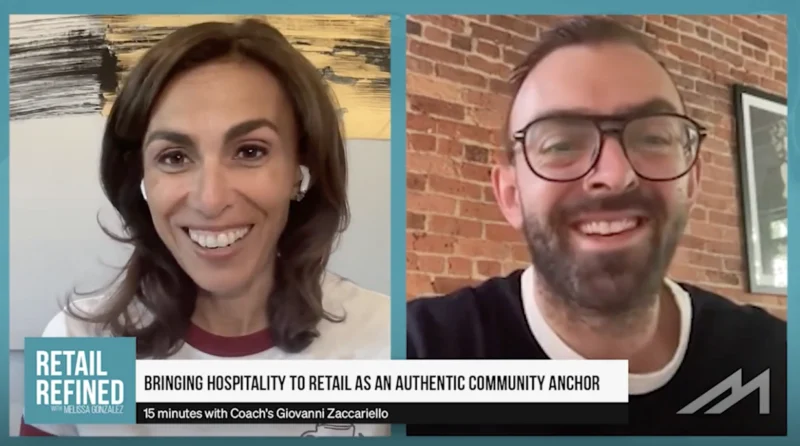Can a Retail Re-Brand Provide A Rebirth?
Retail rebranding happens all the time. Sometimes it is so subtle it is hard to know it happened. Other times, it can be shocking. So what precipitates a rebrand? According to experts, retailers rebrand every seven to 10 years, however, the exact reasons for the change can be foggy. That is the number one mistake retailers make in a rebrand—defining a clear “why.”
The Whys of Rebranding
Change is inevitable, and it does not show up without reason. If a retailer does not have a “why” associated with a rebrand, they are on a ship with no captain. Change for change’s sake is not a winning strategy.
Before a business is ready to mark a red line through everything, it is important to define the change it is looking to achieve.
- The business’ value proposition has changed. It may have started out as one thing but is now on a different course. If this is true, then it should consider a rebrand. Take a look at eBay’s rebranding proposition going from a forum to selling unwanted items to a more holistic and sometimes high-end reseller.
- The competitive landscape has changed. This could mean there are new competitors in the field or current ones are eating up market share. In this case, retailers may need to rebrand to expand to compete. Look at Dunkin’ Donuts, once only a donut shop. They are up against huge competitors in Starbucks and Panera. So, Dunkin’ had to be more than donuts. Now it focuses more on its coffee and have expanded its food menu.
- Sometimes, a brand needs a new direction because of internal and external changes. While it may have made sense years ago to purchase tobacco products from a pharmacy, it may not be what pharmacies are hoping to associate themselves with now. CVS removed all tobacco products from its stores and rebranded as being focused on its buyer’s health. It made sense for them and their customers.
- Audiences change and so do their expectations. That may be because a company’s core audience is aging and has changing preferences. J. CREW is a great example of moving toward its customer demands. You can get more than preppy sweaters at the clothier now. In recent years, the clothier added a full line of bridal and evening wear as well as more accessories. These categories were taking off, so it made sense to expand what its shoppers wanted.
- A brand name can put a company in a box. Consider the example of Domino’s. Until recently, it was branded Domino’s Pizza. It shed the “pizza” because it no longer described their expanded menu. Another national brand, Burlington Coat Factory, may have also felt boxed in by its name because it sells a lot more than coats. Now, it simply goes by Burlington.
Lack of Why Leads to Rebranding Fail
A brand should never change without a clear reason. Take the story of Radio Shack. For years, it had been the go-to store for electronics. As technology became a central part of daily life, the retailer was slow to react. When it finally did, its response was to rebrand as “The Shack,” which did nothing to improve sales. Instead, it made current and prospective shoppers confused. Unfortunately for the company, it did not recover from this rebranding fail.
There are many reasons that retailers take the plunge and rebrand. In order for it to lead to success rather than dismay, a comprehensive brand strategy is a must.








